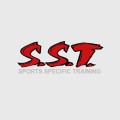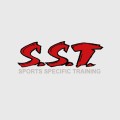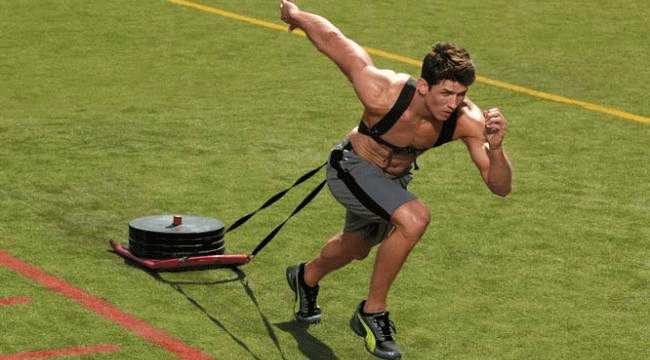One of the most overlooked aspects of training Football Players is Core Strength. This aspect of training cannot be overlooked as it is so important to their performance on the field. Football is a sport that is played in a 4 directions, vertical, lateral, reverse and forward. Having a strong core with help get you get from point A to point B as fast and as strong as possible. I will briefly discuss two reasons why I think core strength is so important.
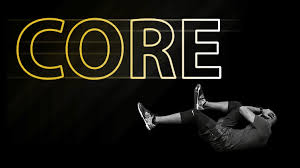
Anti- Rotational Force
This is a big one, especially in the trenches in football. On the line of scrimmage, one of the main goals to stay square to your target, whatever your target may be. For example to get to the Quarterback, the primary goal for the defensive lineman is to beat the offensive lineman anyway possible. The offensive must stay square to the LOS because he does not know 100% where the QB is. Staying square to the LOS is hard to due when pressure form the DL can come at man different angles toward the QB. You can see over and over again OL with weak core get beat via a simple rip-bull, because they cannot fight themselves square!
Rotational Force
This one is super easy, Quarterback Play! There is an old adage you throw the football with your shoulder and arm, but you DRIVE the football with your core and legs. Being able to disassociate the hips and core and force the hips into the throw takes a strong core, without a strong core you won’t be able to zip the football. Playing QB is a unique position, you have to make very unique dynamic movements in a very small area (the pocket) so rotational force is the most bang for the buck, allowing the QB to generate force in a small area! Rotational Force can be seen in all the other positions but QB is the most glaring!
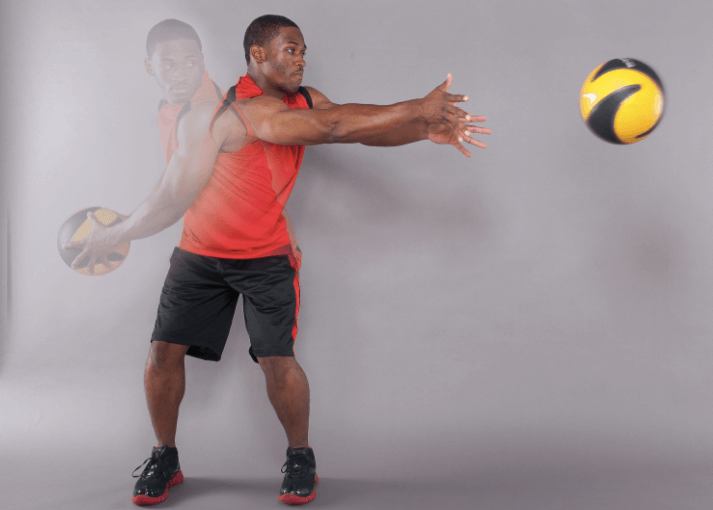
Please do not overlook the importance of having a strong core. To learn how to improve in these areas come by SST Burlington and see how and why we have been so successful in training our athletes for over 20 years! There is no better time to get going at SST, we have our High Performance Summer Camps coming up for our Highschool and University athletes! This camp will provide over 72 hours of training both on the field working speed and agility and in the weight room teaching technique and lifting! Our High Performance Summer Camp has a very extensive alumni list with multiple NCAA/USPORTS/CFL Football Players along with multiple OHL/AHL/NHL Hockey Players! If you are interested in our High Performance Summer Camp, give us a call at 905-632-3558 or hit us up on social media!
Coach Jamie
AND… Don’t forget to check out our High Performance Camp this summer!
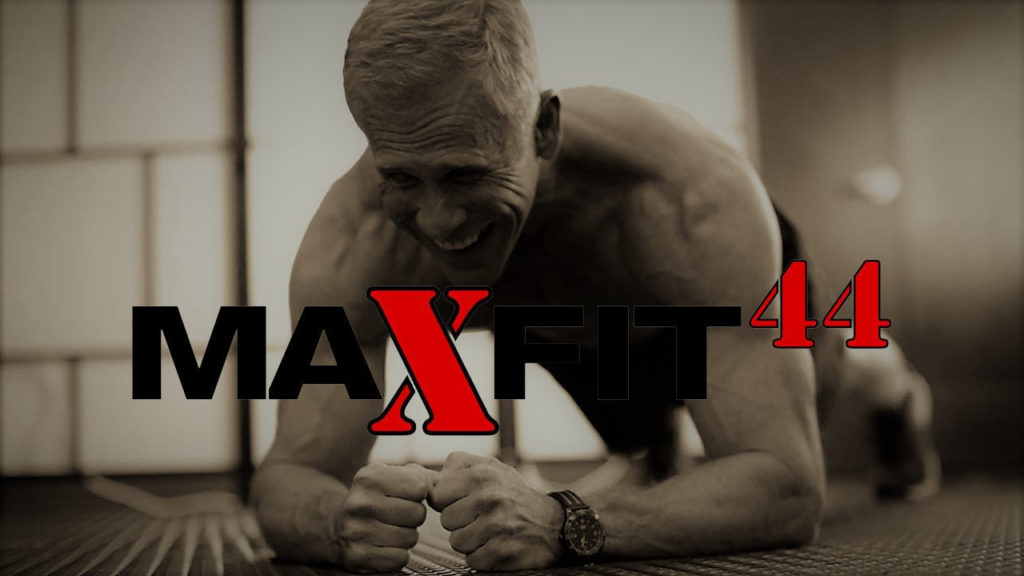
Come in for a FREE demo with our MaxFit class!
To book please email us at sst@sstcanada.com and we’ll get you scheduled for your demo.

